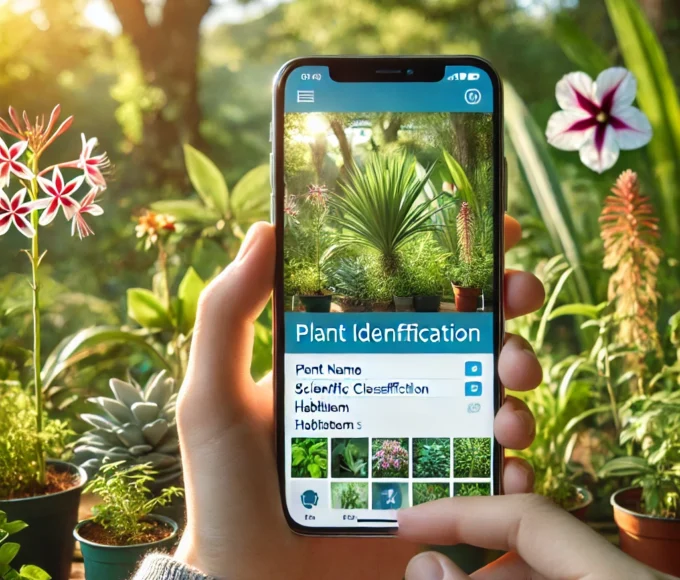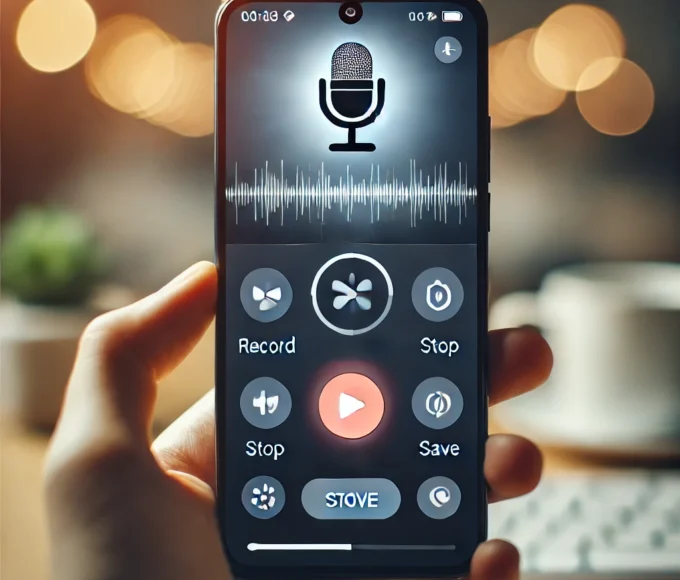Earthquakes are natural disasters with the potential to cause devastating damage in densely populated areas. Science is not yet able to accurately predict a natural event, but modern technology can minimize impacts by providing early warnings. In this perspective, apps to receive real-time earthquake alerts play a critical role in protecting lives by providing seconds or minutes of warning, depending on the distance of the earthquake. This article discusses the importance of using this type of app, how it works, and presents the most popular and effective apps available today.
The centrality of real-time earthquake alerts
Earthquakes occur suddenly, with no visible warning before the disaster. Therefore, it is vital to have warning systems that allow people to be warned before the destructive seismic waves reach an area. Even with a few seconds of warning, people would still have time to seek shelter, turn off dangerous equipment, and otherwise be prepared for the impact. This not only safeguards human life, but also minimizes damage to property and critical infrastructure. For example, trains can stop and avoid derailment, nuclear power plants can enter a safe mode, and gas systems can be automatically shut down to prevent explosions.
How Earthquake Alert Apps Work
Real-time earthquake alert apps work by relying on networks of seismometers, devices that detect seismic activity. When an earthquake is detected, these networks send data to processing centers that calculate the magnitude and location of the earthquake. If the event is strong enough and is close to a populated area, an alert is issued.
The alert is usually sent before the most destructive seismic waves (S-waves and surface waves) reach the affected area. The distance between the epicenter of the earthquake and the target area determines how far in advance the alert is. Ideally, users can receive warning up to a minute before the tremor, but often this warning is only a few seconds.
Main Applications Available
MyShake
Developed by the University of California, Berkeley, MyShake is one of the most popular earthquake warning apps. It works by utilizing traditional seismometer networks, as well as using motion sensors on users’ smartphones to detect seismic activity. MyShake sends early warnings to areas that are about to be hit by an earthquake, providing instructions on how to protect yourself. The app also collects data from users themselves, helping to refine future earthquake detection systems.
Earthquake Alert!
Earthquake Alert! is an app that provides real-time notifications about earthquakes anywhere in the world. It allows users to customize alerts based on the magnitude and location of the earthquakes. In addition to alerts, the app provides detailed maps with the exact location of seismic events and the depth of the earthquake, which helps in understanding the severity of the event.
Earthquake Detector
Sismo Detector is another widely used app that provides real-time earthquake alerts for different regions around the world. It stands out for its intuitive interface and the ability to connect to a global community of users who report seismic events. The app also offers an earthquake history, allowing users to track past events and seismic trends.
Seismic Alert DF
In turn, this application serves a specific area: Mexico City, known for its high seismicity. In fact, Alerta Sísmica DF acts as part of a larger system of this type of alert, covering the capital of Mexico. Therefore, the app provides fast and accurate alerts; the effectiveness of these alerts is proven and critical for saving lives in different earthquakes that have occurred in Mexico City.
Challenges and Limitations of Alert Applications
Despite the power of real-time earthquake warning apps, there are some challenges to their application. One of them involves warning time. Due to the speed of seismic waves, some earthquakes with epicenters very close to the affected area give people very little time to react, less than a few seconds. The reason is simple: seismic waves move faster than systems can process the information or send alerts.
Related to this, infrastructure is essential to support the implementation of such systems. Thus, it is more reliable in developed nations, with advanced seismometers and extensive internet connectivity, which is not the case in all parts of the world. Thus, there may be situations where poor infrastructure leads to ineffective and erroneous alerts. Furthermore, the quality of the data collected by seismometers and the speed with which the system can analyze it affect the accuracy of the alert. Therefore, it is possible that the results are false or that all affected areas are not covered in the alert.
The Future of Earthquake Alerts
The future of real-time earthquake alerts is directly related to technological developments. With the introduction of artificial intelligence and machine learning, it is more than likely that the accuracy and speed of these systems will improve, resulting in more lives being saved. Furthermore, as the world becomes increasingly interconnected, it is likely that more regions will benefit from such systems.
Another promising trend is the use of smartphone-based sensor networks, such as MyShake. As more people use the app, the data collected will be used to improve real-time earthquake detection, creating a global sensor network.
Conclusion
Real-time earthquake warning apps represent a significant step forward in the attempt to mitigate the impact of earthquakes. While there is nothing that can be done to prevent earthquakes themselves, these apps offer the opportunity to save human lives in a short period of time by providing precious seconds of warning before the ground is struck. As technology advances, it is likely that such systems will become more effective, providing an additional layer of safety for people living in earthquake-prone areas.
In a world where natural events are inevitable, it seems to be of utmost importance that people have access to these applications that will certainly save lives and reduce material damage.







